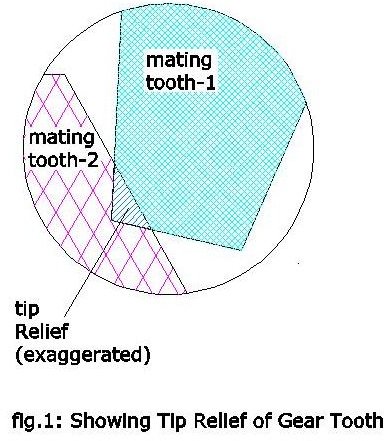Dealing with Drive Train Vibration Issues
Theory of Vibration
- When a continuous exciting force acts upon a body and cause some repetitive motion (back and forth or up and down) over the same body or over the adjacent bodies, the phenomena is called vibration.
- Either the reciprocating or the unbalanced rotating components are the ideal sources of vibration.
- Vibration in a drive train or in gear box is generated by either or both of the following two ways:
- Vibration is transferred (in the form of pulsating torque) from engine, engine auxiliaries and clutch (or torque converter).
- Vibration is generated locally at drive train unit.
- The vibrations from its source to the other parts are transmitted through the transfer path. For example, the vibration generated at the unbalanced tire can cause the steering wheel to shake. In this case the suspension system and structure of the vehicle acts as transfer path.
- In case the vibration is generated locally at the drive train unit then the vibration will definitely change its characteristics with the selection of different gear ranges and in the neutral position there should be no vibration at all.
Causes and Control
Controling and eliminating drive train vibration issues can be implemented only after studying the following affecting parameters:
-
Gear tooth type: The longer the duration of contact between the mating teeth, the less the operational vibration of the gear pair. Helical gear teeth produce less vibration (compared to spur gear teeth) due to their higher contact ratio.
-
Teeth profile: In applications where using helical gears is not possible (due to the side thrust of helical gears), less vibration can be achieved for the spur gear teeth by removing small amount of the materials at the tooth tip. The procedure is called tip relief (Refer to Fig.1).
-
Gear teeth surface finish: The smoother the gear surface, the less the vibrations. For example, eeth manufactured by the honing process should have less vibration compared to teeth manufactured using the shaving process. Having said that, it should also be considered that smoother finishing processes are also often the costlier ones.
-
Lubricants: The thicker the lubricants used, the less the vibration that is transmitted outside the vibration source. However, thicker lubricants increase the transmission losses of the drive train.
-
Torsional vibration resonance: The rotating frequency of the individual gears should not fall in the critical range (approximately 10%) above and below the natural frequency of the system, or else resonance (large vibration) will occur.
-
Alignment: Any misalignments between the driving and driven shaft also can cause vibration.
-
Corroded teeth: If there is substantial differences between the both the sides of the teeth then excessive teeth wear can be suspected for the vibration.
-
Bumps: Small picks on the teeth surfaces can cause vibration; the picks can be identified easily, because these picks will be shiner than the surrounding surfaces.
-
Bearing failure: Bearing failure can be detected either by checking the axial float or by visual inspection. Rectifying failed bearing can prevent catastrophic damage of the gear box.
Image Credit: Suvo
Vibration Monitoring Tools
The simplest vibration measuring tool is called a sirometer or vibra tech. It has a cantilever wire whose length can be adjusted by rotating a wheel and as the length changes, the natural frequency of the wire also get changed. After placing the sirometer on the component to which the vibration to be measured you have to keep on adjusting the wire length until you see the wire is oscillating vigorously (resonance). From the tool you can then note the frequency reading.
To sum it up, finding the exact source is key first step to be taken correctly. After reaching there, check the symptoms and accordingly try the appropriate solutions to get rid of the drive train vibration issues.
References:
